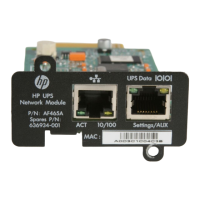
Do you have a question about the HP UPS Network Module and is the answer not in the manual?
| Form Factor | Plug-in module |
|---|---|
| Connectivity Technology | Wired |
| Compatibility | HP UPS |
| Network Interface | 10/100 Ethernet |
| Data Link Protocol | Ethernet |
| Network / Transport Protocol | TCP/IP, UDP, SNMP |
| Management Protocols | SNMP, HTTP |
| Features | Alerting |
| Encryption Algorithm | SSL |
| Authentication Method | RADIUS |
| Interface | RJ-45 |
| Dimensions | Varies by UPS Model |
| Weight | Varies by UPS Model |
| Operating Temperature | 0 °C to 40 °C |
| Operating Humidity | 5% to 95% non-condensing |
Lists the capabilities and functionalities of the HP UPS Network Module.
Explains the role and integration of HP Power Protector software with the module.
Outlines the essential steps for a rapid installation and initial configuration.
Identifies and describes the physical ports and status indicators on the module's front panel.
Lists safety warnings and the necessary tools for installing the module.
Guides on connecting the network cable to the module for remote access.
Details connecting the serial configuration cable for initial setup.
Details the process of setting up IP address, subnet mask, and gateway for network access.
Introduces the graphical web interface and provides instructions for logging in.
Explains security warnings and steps to establish secure browser connections for various browsers.
Describes the layout of the web interface, including menu tree and main frame.
Displays detailed UPS status, including power source, load, and battery information.
Allows manual execution of shutdown and restart sequences for UPS and load segments.
Configures weekly shutdown and restart schedules for the UPS and connected equipment.
Shows a log of data collected by the UPS Network Module, updated periodically.
Records significant events that occur on the UPS, such as power status changes.
Logs events related to the UPS Network Module's operation and communication.
Configures system-wide parameters, contact info, and communication settings.
Manages user accounts and security modes for accessing the module.
Configures IP addressing, DNS, and other network-related parameters.
Defines the UPS and load shutdown/restart behavior during power events.
Provides the interface for updating the UPS Network Module firmware.
Introduces the text-based menu and instructions to access it via terminal.
Explains how to use option numbers to navigate and interact with the configuration menu.
Explains how HP SIM can discover and manage the UPS Network Module.
Details the automatic detection process for the module within HP SIM.
Sets up the exchange of SNMP traps between HP SIM and the UPS Network Module.
Describes how third-party SNMP managers can monitor UPS status and events.
Defines principles for configuring shutdown and restart sequences for UPS and load segments.
Provides an overview of how to update the module's firmware using the web interface or bootloader.
Guides on creating firewall exceptions for ports required for module communication.
Discusses the module's security features and best practices for protecting managed devices.
Lists all possible alarm conditions that the UPS Network Module can generate.
Provides a reference table mapping SNMP trap codes to their descriptive messages.
Lists the physical dimensions, weight, operating conditions, and performance metrics.
Details the default values for network, system, and access control settings.
Solves issues where clients on VMware OS fail to communicate with the UPS module.
Explains how to reset the module's login password via a terminal connection.
Troubleshoots issues where the module fails to start after a firmware update.
Lists essential information to have ready before contacting HP support.
Provides contact details for HP sales and technical support resources.
Outlines FCC rules and classifications for RF emission limits on electronic devices.
Details compliance with EU directives and CE marking requirements for the product.
Specifies compliance with Canadian Interference-Causing Equipment Regulations for Class A equipment.
Specifies compliance requirements for China, Japan, Korea, and Taiwan.
Defines essential network communication protocols like DHCP, DNS, HTTP, HTTPS, and IP.
Defines key technologies and protocols such as LED, MAC, MIB, NTP, OS, SNMP, SSL, TCP, TFTP, UDP.
Defines UPS, URL, and USB, common in power management documentation.



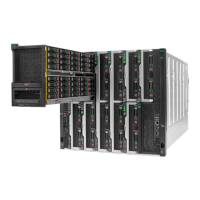
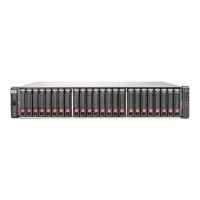
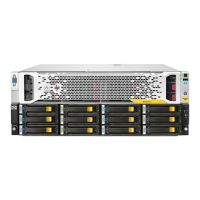
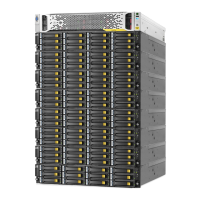
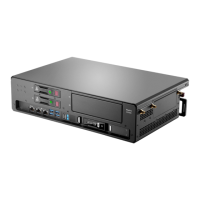


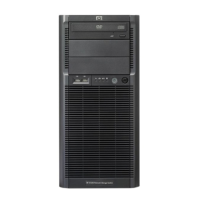

